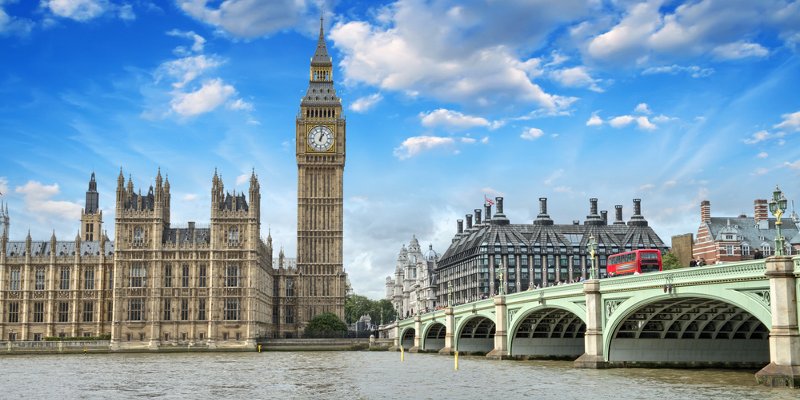The government has revealed measures to improve community infrastructure and boost health and wellbeing when building within the NPPF.

The government has revealed a range of measures to improve community infrastructure and boost health and wellbeing when building within the National Planning Policy Framework (NPPF).
The changes set an expectation that all councils should develop a local design code - an illustrated design guide that sets the standard for a local area - with input from local people.
The government has unveiled the National Model Design Code (NMDC) - a toolkit to enable councils and communities to create their own local design requirements.
The process demonstrates how and when local communities can be involved in developing a design code, using digital tools and social media, as well as face-to-face workshops, roundtables and exhibitions.
With an increasingly digitised planning system, the government aims for local people to be able to better navigate and access the planning process with online map-based local plans – allowing people to visualise local plans for development and participate more fully in the planning system.
Two web apps were recently launched to help homeowners improve and extend their homes.
Local communities will be fully involved in how they want new developments to look and feel, with a much greater emphasis on environmental sustainability.
The changes to the NPPF set an expectation that good quality design should be approved, while poor quality should be rejected, and includes an environmental commitment to ensure that all streets are lined with trees.
Housing Secretary Robert Jenrick said: "Today I have set out the government’s vision for a planning system that make beautiful, sustainable and life-enhancing design a necessity, rather than a luxury.
"Our revised National Planning Policy Framework will ensure that communities are more meaningfully engaged in how new development happens, that local authorities are given greater confidence in turning down schemes which do not meet locally set standards.
"This is about putting communities – not developers – in the driving seat to ensure good quality design is the norm, and the return to a sense of stewardship – to building greener, enduringly popular homes and places that stand the test of time in every sense."
David Renard, housing spokesperson for the Local Government Association, added: “Councils have constantly delivered throughout the pandemic and are key to helping the government build back locally as we all recover from it.
"This includes delivering the high-quality affordable housing we desperately need, built in the right places and supported by the right infrastructure.
"We also support innovative design to achieve climate-friendly homes and to improve the quality of homes and places.
“Design tools can be helpful, but decisions about the design of planning need to be locally-led and are best made by local councils together with their communities.
"As the government’s National Design Guide advises, any specific details and measurable criteria for good design is most appropriately set out at a local level.
"The requirement for councils to have a local design code will also require additional resources and skills, so it will be important that councils are fully funded and supported to provide the extra capacity needed.
“We would also like to see the Office for Place body include local government representation, so it can benefit from the expertise and knowledge from a local level.”



